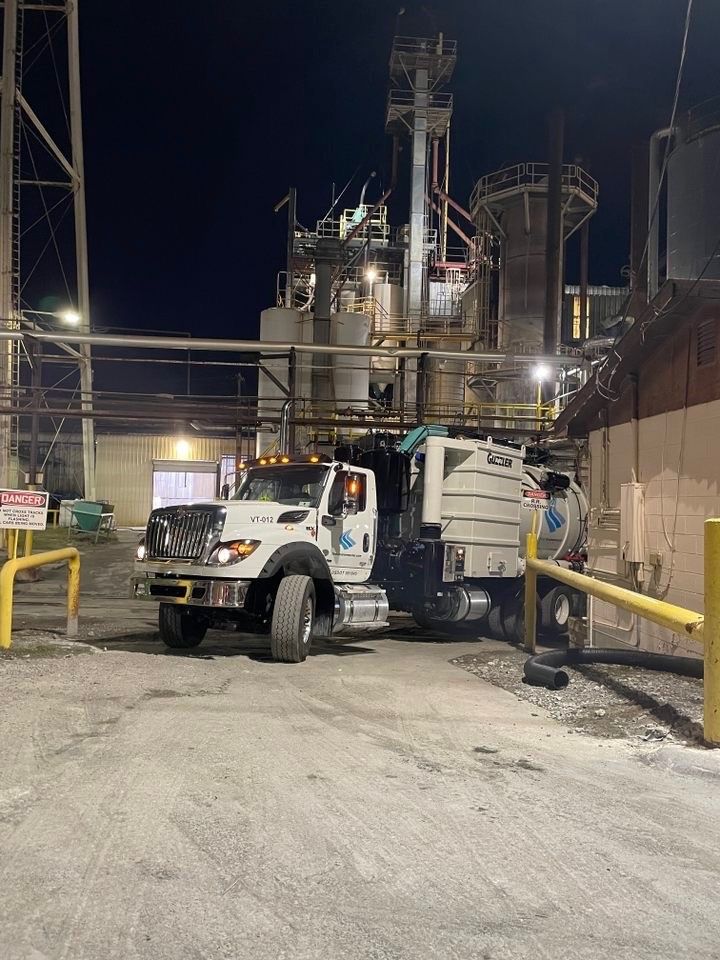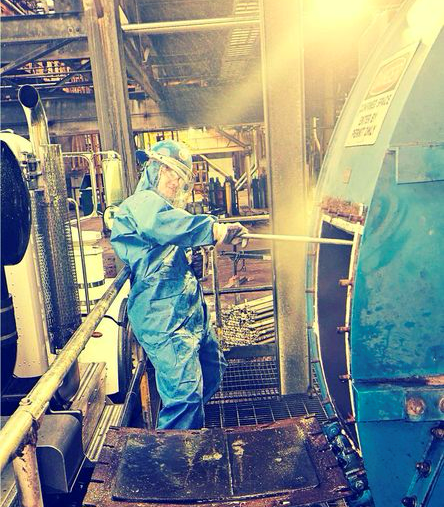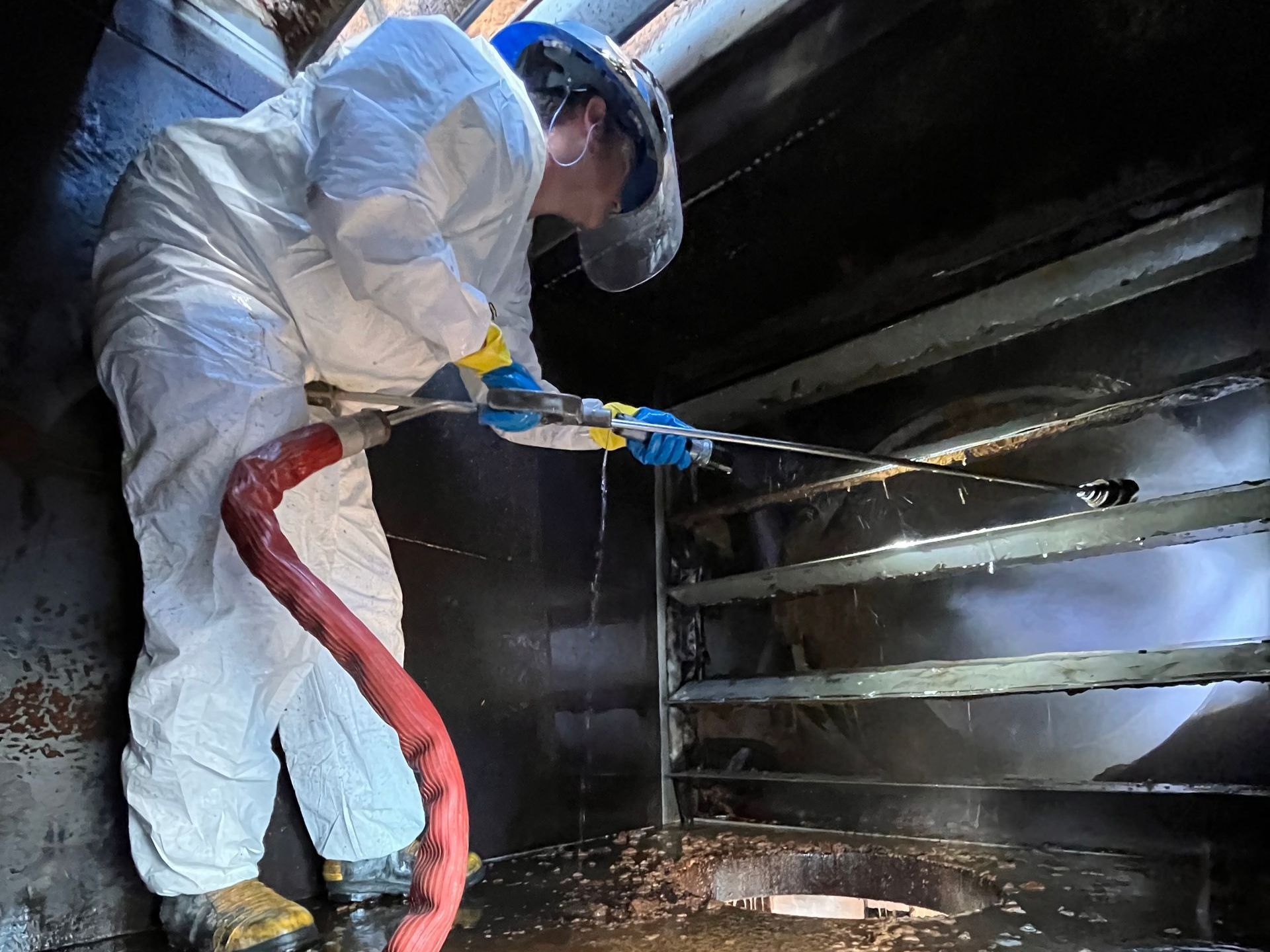Your Personal Guide to Pump Tanks
If your business works with an industrial cleaning contractor, then you’re probably familiar with pump tanks and what they do. Just in case you’re new to the game or need a quick refresher, here’s a little guide we’ve put together for you that delves deep into pump tanks.
So What Are Pump Tanks?
These industrial containers can be made up of a variety of materials, including concrete, fiberglass, and polyethylene. As part of a successful underground wastewater treatment system, pump tanks are responsible for collecting wastewater and intermittently submerging it into the soil.
No two wastewater distribution systems are alike. There are many types of on-site industrial treatment systems, including subsurface drips, spray systems, and low-pressure dosing. No matter what kind of wastewater distribution system you’re working with, each one will contain the same three components that make it run successfully: a treatment device, a pump tank, and a distribution system.
What all is included in a Pump Tank?
Even though you’ll probably never have to deal with the maintenance and repair of your wastewater distribution system, it’s still important to know what your industrial cleaning contractor is talking about when they’re giving you a run-down on the successes and failures of your system. These are all of the components that make up a pump tank:
- A pump for transporting the water from the pump tank to the connecting distribution system. This is the most important component of the pump tank, so it’s important that the pump is able to handle the amount of wastewater that the pump tank will regularly contain, as well as carry out the pressure needed to move it.
- An on/off pump control float that’s electronically powered and will operate based on the water levels in the pump tank. This control float will automatically turn on the pump when the water levels are at operating capacity and will turn off after the water recedes back to minimum levels.
- A high-water alarm float to notify when the pump tank’s water levels have gone too high. When this alarm is activated, an alert will be sent to the facility owner.
- A low-water off float which acts as a back-up to the on/off pump control float in the event that it fails to cut the power after the water levels have reached minimum operating levels. A low-water off float will only be implemented if your wastewater distribution system uses a control panel to operate.
The technical parts that make up a Pump Tank
In order for a pump tank to do its job properly, it must be watertight, large enough to hold the connected facility’s wastewater, and have the capability of storing the appropriate water levels as the on/off pump control float operates and the alarm floats activate.
A residential pump tank will hold up to 500 gallons, but there are larger tanks available in the event of a delay in repairing the pump tank after an alarm is triggered. A 1,000-gallon pump tank is ideal for industrial treatment systems like a subsurface drip distribution system.
More About The Pump
Being the most important part of the pump tank, the pump wears many hats when it comes to its part in operating the industrial treatment system as a whole. There are different kinds of pumps that can handle varying degrees of pressure and flow. If your pump stops working, it’s important that its replacement works under the same flow/pressure ratio.
There are also different pumps that specialize in handling various sizes of solids in the wastewater. A residential pump will do fine with solids up to 2” in diameter, and an industrial-level pump will be able to move much larger solids with ease.
There are two types of pumps:
- Low-head pumps are used for large volumes of water that require low pressure levels for transport. A low-head pump will be used in industrial treatment systems such as low-pressure dosing systems and alternative collection systems.
- High-head pumps are completely opposite- they move lower levels of wastewater under higher pressures. A high-head pump is ideal for subsurface drip distribution systems and spray distribution systems.
Congratulations! You are now an expert in Pump Tanks!
Now that you’ve reached the end of our in-depth guide to pump tanks, you have enough knowledge to understand what your industrial cleaning contractor is saying during their next visit. First Environmental is Georgia’s preferred industrial cleaning service provider. If your business is in need of a reliable industrial treatment system, call on First Environmental! 888-720-1330
Frequently Asked Questions about Pump Tanks
How often should I get my pump tank maintenanced?
It’s recommended that you schedule your industrial cleaning contractor to check on your pump tank once each year.
What do I do if my pump tank alarm goes off?
Immediately contact your industrial cleaning service provider and try to use as little water as possible until the issue is addressed.





